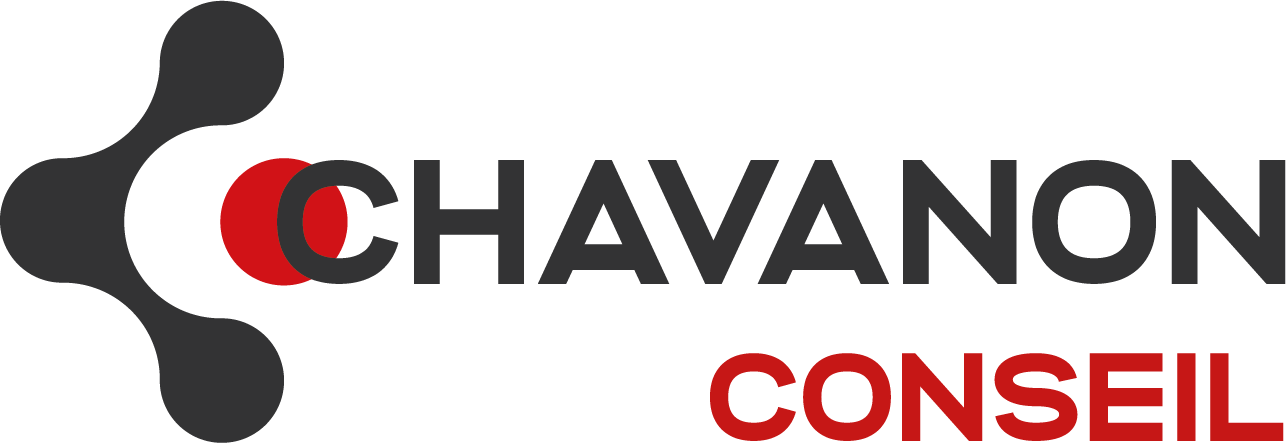17 deaths in Ghana in the explosion of a truck transporting explosives for gold mines, on 20/01/2022
From regulations on the transport of explosives to crisis management involving numerous casualties.
17 Deaths Following an Explosion of an Explosive Transport Truck Intended for Ghana's Gold Mines
Since 2019, Ghana has become the leading gold producer in Africa, surpassing South Africa, whose production has steadily declined since the early 2000s. Before its independence in 1957, the English colony was known as the Gold Coast.
Unfortunately, mining accidents are common in Ghana, but they are usually due to mine collapses and not related to explosive transport accidents.
The explosion occurred in Apiate, 300 km from Accra, the capital of Ghana.

17 Dead, 59 Injured, and Hundreds of Houses Blown Away Following the Truck Explosion
The explosion of the explosive transport truck was indeed triggered by a road accident involving a motorcycle and another vehicle, near an electrical transformer.
The truck belonged to the Spanish company MAXAM and was supposed to supply explosives to the Chirano gold mine, owned by the Canadian company KINROSS GOLD CORPORATION.
Following the accident, the driver managed to escape from his vehicle and sought shelter while warning the nearby population about the imminent explosion of the cargo.
« The driver of the truck carrying the explosives ran towards us to tell us to move away and a few minutes later, we heard a loud detonation » explains a survivor, Abena Mintah. « I got dizzy and fell into the bushes. I managed to get up and saw several dismembered bodies in the street »
The size of the crater caused by the explosion gives an idea of the violence of the explosion and the subsequent blast.

Out of the 59 injured people, 42 are still in critical condition.
Different Types of Blast Injuries
There are 4 types of blast injuries:
1 - Primary injuries, mainly due to the blast
a) Orthopedic injuries due to the supersonic shock wave, which can lead to dismemberment.
b) Pulmonary blast with lung contusion

c) Digestive blast on solid organs and hollow organs, which can cause perforations
d) Cerebral blast with hemorrhages
e) Blast in the eyes or eardrums.
2 - Secondary injuries, due to fragments or objects projected onto the body
3 - Tertiary injuries, due to the body being thrown and its fall
4 - Quaternary injuries, due to burns, asphyxiation, ...
A blast injury victim is, therefore, a polytrauma patient, and proximity to the explosion's epicenter will result in higher mortality.
In Case of an Accident with Many Victims: Damage Control
The exceptional situation with many victims, during the explosion of the truck transporting explosives in Ghana, may require the implementation of Damage Control. This theory of "Damage Control" was created by the U.S. Navy during World War II. It was about making vital ship repairs and bringing it back to port, and only afterward making permanent repairs.
Following the same principle, Damage Control will, in the case of a large number of injured,
1 - first intervene urgently on vital hemorrhages, possibly applying tourniquets or compression, and
2 - then focus on fighting the lethal triad:
a) Hypothermia, which leads to reduced coagulation. Use of heated or survival blankets is necessary.
b) Coagulopathy: coagulation disorder, which leads to an increase in lactic acid in the blood
c) Acidosis: reduction in cardiac performance, leading to hypothermia.
3 - Non-vital medical operations are performed once the victim is stabilized, later on.
This method requires an organization capable of performing triage, as well as individuals trained to stop hemorrhages.

Regulations for the Transport of Explosives: ADR
In Europe, in particular, the regulations for the transport of explosives are governed by the ADR. Explosives constitute danger class 1.
The rules for combined loading are very restrictive for the transport of explosives, and it is common to have to send several different approved vehicles for the transport of explosives for a single shot. Beyond certain exemption thresholds, explosives must be transported in approved trucks, type EX/II or EX/III. Drivers must be approved by the prefecture and have basic ADR training as well as an Explosives specialization.
Ghana has not adhered to the ADR regulation. In Africa, only Tunisia, Morocco, and Nigeria have adhered to the international ADR regulation.
The Minerals and Mining (Explosives) Regulations of 2012 govern the transport of explosives in Ghana. This regulation differs in many aspects from the ADR.
CHAVANON Conseil, Your Dangerous Goods Safety Advisor for Explosive Transport Regulatory Compliance.
CHAVANON Conseil is authorized as a TMD Safety Advisor, for all modes of transport, whether by road, rail, river, sea, or air, to assist you with your explosive shipments.
A dedicated training module for explosive materials allows you to be trained according to the appropriate mode of transport as well as in multimodal.
We can also study the regulatory discrepancies between the ADR and the national legislations of countries not signatories to the ADR, such as Ghana, for example.
If you store and wish to ship or re-ship explosives (mines, entertainment fireworks), contact us.

CHAVANON Conseil, Your CBRN Partner for Safety and Security Management.
As part of your Safety and Security management, we can assist you with:
- the establishment of standards,
- the development of your Security approach
- defining an organization capable of anticipating crisis management
- supporting you in crisis management
- and all related trainings.
Source: AFP


 A unique communication solution at the service of businesses
A unique communication solution at the service of businesses